Scientists Say Greenland Just Opened Up A Major New ‘Floodgate’ Of Ice Into The Ocean
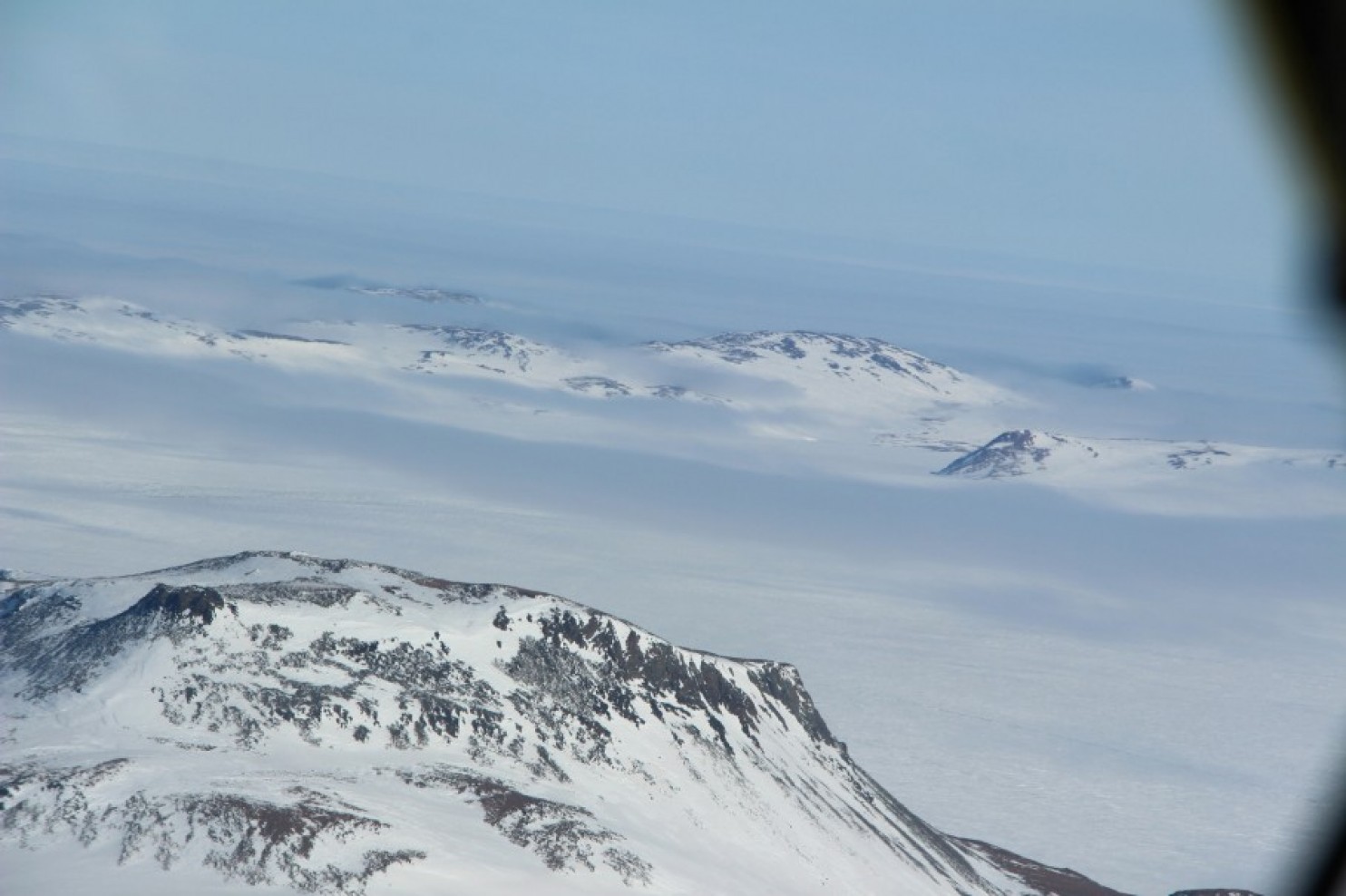
Source: Washington Post (article by Chris Mooney)
As the world prepares for the most important global climate summit yet in Paris later this month, news from Greenland could add urgency to the negotiations. For another major glacier appears to have begun a rapid retreat into a deep underwater basin, a troubling sign previously noticed at Greenland’s Jakobshavn Glacier and also in the Amundsen Sea region of West Antarctica.
And in all of these cases, warm ocean waters reaching the deep bases of marine glaciers appears to be a major cause.
The new fast-moving glacier is the Zachariae glacier or Zachariæ Isstrøm, located in the far northeastern part of Greenland. In a new paper in Science, Jeremie Mouginot of the University of California-Irvine and his colleagues find that the ocean-based glacier, which contains 0.5 meters or a foot and a half of potential sea level rise, has begun a rapid retreat, especially since 2012. The glacier has lost fully 95 percent of the ice shelf that used to help stabilize it, they say, and now sports a 75 meter high ice cliff extending above the water (the glacier also extends hundreds of additional meters below it).
“This is sort of the second major floodgate from Greenland that has opened up,” says Eric Rignot of UC-Irvine and NASA’s Jet Propulsion Laboratory, one of the authors of the study. The first, says Rignot, was the Jakobshavn glacier, Greenland’s “fastest” moving, according to a recent study, which is currently based 1,300 meters below sea level and also retreating into a deep basin.
Now, at Zachariae, that seems to be happening again. In combination with its nearby neighbor, Nioghalvfjerdsfjorden glacier, the two glaciers contain a potential 1.1 meter of sea level rise (over 3 feet), so any change here is not good.
“If you see Greenland as a boat, it’s like we’re taking water from every side now,” says Mouginot.
Furthermore, Mouginot, Rignot and their colleagues note that Zachariae and Nioghalvfjerdsfjorden together form the terminus of the northeast Greenland ice stream, “the only large, dynamic feature that extends continuously deep to the ice sheet interior near Greenland’s summit.” Twelve percent of the entire Greenland ice sheet, they say, therefore drains through this region.
Here’s a view of the glaciers from above from the USGS/NASA satellite Landsat, which Mouginot annotated:

The Zachariae glacier. Source: USGS/NASA Landsat taken on August, 30 2014 : LC80472412014242LGN00 (path : 047, row : 241)
The entire ice sheet of Greenland contains enough ice to raise sea levels some 20 feet. It has been losing ice rapidly in recent years, through a combination of meltwater runoff on the ice sheet’s surface – which reaches the sea through complex channels and fissures — and the calving of large icebergs from its glaciers.
[Why NASA’s so worried that Greenland’s melting could speed up]
Both of these processes have elements that can be pretty spectacular. Atop the ice sheet, vast meltwater lakes can form and then suddenly vanish in a matter of hours, draining rapidly as crevasses open beneath them and they spill into the ice sheet’s depths.
At the front ends of marine glaciers, meanwhile, detaching icebergs can tumble and slam back with such force that they knock the glacier itself backwards, and trigger magnitude 5 level earthquakes.
[Giant earthquakes are shaking Greenland, and scientists just figured out the disturbing reason why]
NASA estimates that currently, through the combination of these mechanisms, the Greenland ice sheet is losing several hundred billion tons (or gigatons) per year and raising sea levels by three quarters of a millimeter annually. If so, that would be a little under a third of the total global sea level rise, which is currently 3.24 millimeters per year.

NASA’s Gravity Recovery and Climate Experiment (GRACE) twin satellites have measured the loss of ice mass from Earth’s polar ice sheets since 2002. (Credit: Nerem/CU-Boulder)
And now, Zachariae glacier may be poised to add to that total.
From 1996 through 2010, the new research finds, Zachariae glacier’s grounding line — where the glacier simultaneously meets both the seafloor and the ocean — retreated inland 3.5 kilometers. But then from 2011 through 2015, it retreated another 3.5 kilometers, a sure sign of acceleration. A key event in letting the glacier speed up seems to have been the collapse of its ice shelf, a buttressing tongue that used to extend out over the fjord in front of the glacier, creating an underwater cavity beneath it. Now, in contrast, Zachariae is basically a steep cliff.
Other ways of measuring the rate of change of the glacier — its rate of thinning, for instance, or its flow speed into the sea — were also observed to be increasing in the new study.
“This study does a nice job of putting together data from multiple sensors to document the ongoing speed up of this glacier. At present its contribution to sea level is relatively small, but there is certainly the potential for it to increase more over time,” says Ian Joughin, a Greenland and polar science expert at the University of Washington, in Seattle, in a comment on the new study.
Joughin notes that thus far, despite the fast retreat, Zachariae is not losing as much ice each year as the Jakobshavn glacier in central western Greenland is losing. The new study reports a loss of 5 gigatons annually for the Zachariae glacier, or 5 billion metric tons, versus 25 to 35 gigatons for Jakobshavn, according to Joughin. Joughin thinks Zachariae may not catch up to the latter, since the basin into which it is retreating is not as deep.
But Rignot notes that with 1.1 meters of potential sea level rise between them, the Zachariae and Nioghalvfjerdsfjorden glaciers together contain about as much ice as the very worrisome glaciers along the Amundsen Sea coast of West Antarctica. Granted, in the latter case the situation is worse because losing those coastal glaciers would then unleash a bigger destabilization of West Antarctica as a whole.
Still, Greenland’s glaciers face a kind of double threat — not only changes in the ocean, but also rapidly rising Arctic temperatures, meaning that they can melt both from above and below.
“A disaster is unfolding in slow motion with important sea level rise implications,” says Jason Box, a professor with the Geological Survey of Denmark and Greenland, after reading the paper at the Post’s request.
The researchers forecast that for the next 20 to 30 years, Zachariae glacier will retreat quickly, as it is perched on a seabed that slopes downward in elevation, exposing more and more of the glacier to warm water. At the same time, the ice front exposed to the ocean will widen from 19 kilometers across to 50 kilometers across, increasing the amount of ice that will be able to flow out at once.
And most troubling of all in some ways, the glacier’s “calving cliff” will grow taller, increasing from the current height of 75 meters above the water level. That’s worrying because recent research has suggested that once major glaciers lose their ice shelves, as Zachariae has, they can then form cliffs extending up to 100 meters above sea level which will fail continually, because ice just isn’t strong enough to sustain a cliff so high. Zachariae could be moving into that realm.
Finally, the study also notes that while Nioghalvfjerdsfjorden glacier has not been retreating or losing ice nearly as fast, it too could lose its stabilizing ice shelf, and after that, start to move faster. For it, too, appears to be exposed to warmer ocean water.
“One can forsee [the retreat of Zachariae glacier] eventually inducing a race for biggest loser (of ice) between Zachariæ and the other glacier, Nioghalfjerdsfjorden which has a dense chain of islands (Norsk Oer Islands Barrier) blocking [its] free access to the sea,” added Jason Box by e-mail. “Nioghalfjerdsfjorden is thinning so if climate warming remains unchecked, it is just a matter of time until Nioghalfjerdsfjorden disintegrates and the upstream underwater embayment becomes a traffic jam of megabergs shuffling to get out to sea.”
The key question, however — as with all studies of glacial retreats in regions with the potential to cause major sea level rise — is how much and how fast. And that’s also, of course, the hardest one to answer.
“The retreat of these marine-based sectors is likely to increase sea-level rise from Greenland for decades to come,” the paper concludes — but it does not specify how rapidly a full loss of the Zachariae glacier could occur.
“Collapse of the entire basin is going to take a long time, it’s not going to happen tomorrow,” says Mouginot. “But it’s a process, when you start, it’s like Jakobshavn — [you don’t] see the glacier recovering from that.”
Source: Washington Post (article by Chris Mooney)







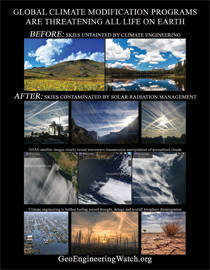

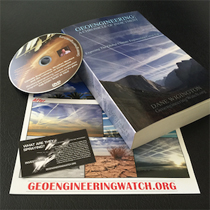




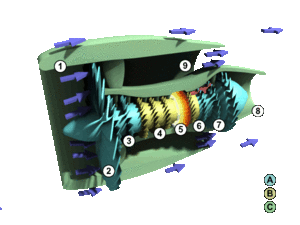
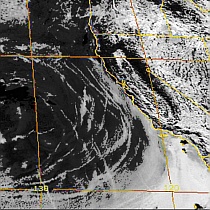













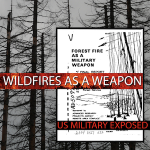
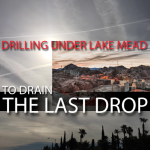


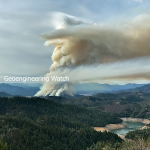
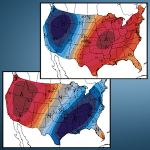
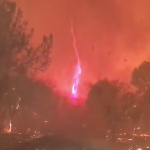
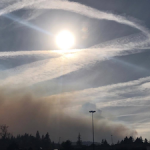

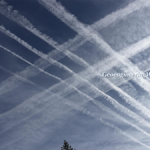





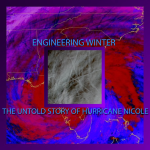
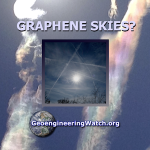




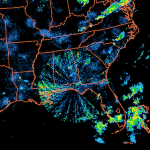
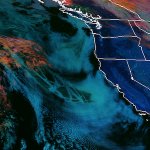



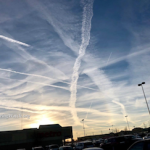




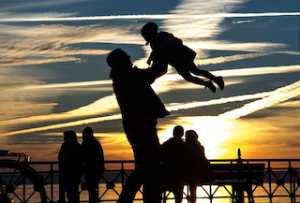


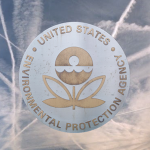



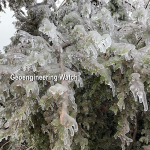
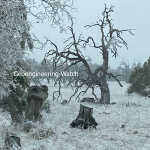


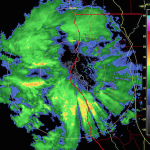







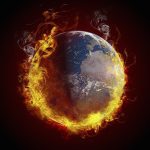
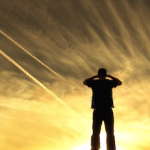

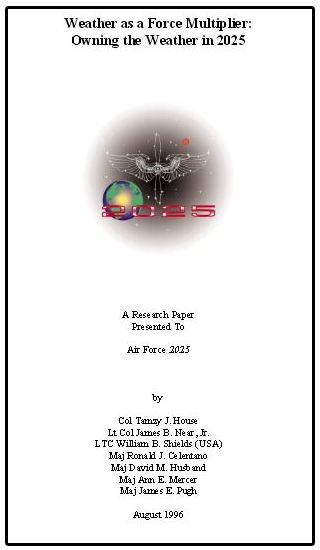







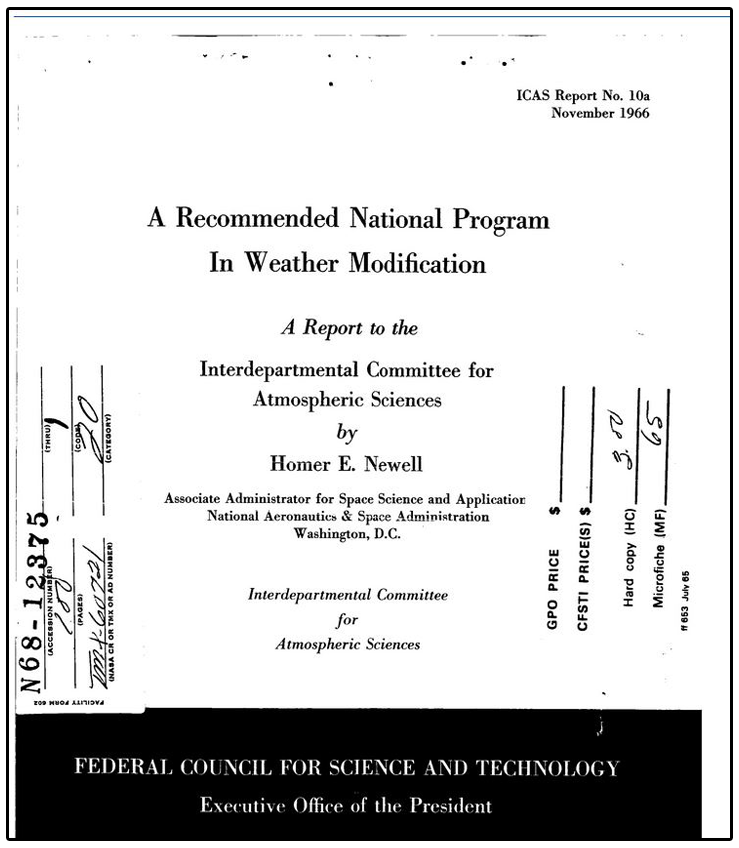

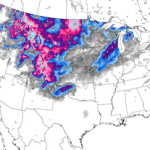
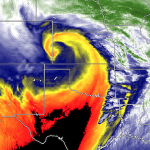
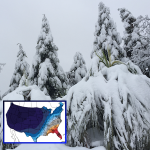
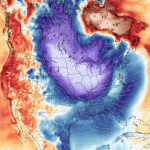
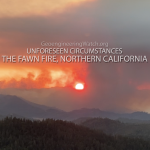


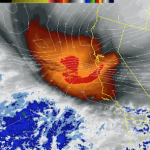
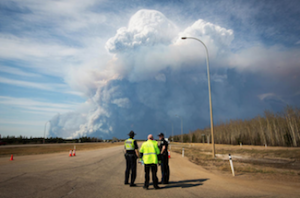


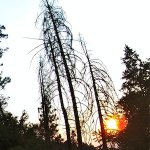
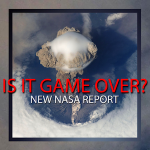


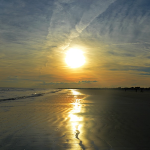

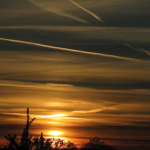
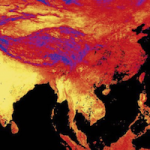
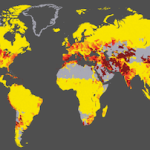

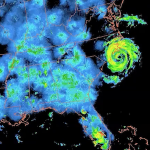
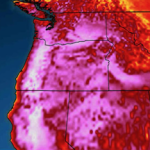

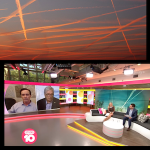
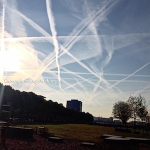
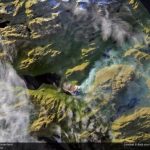
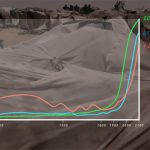

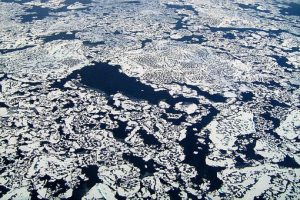
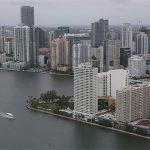
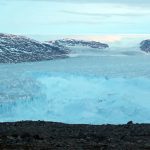

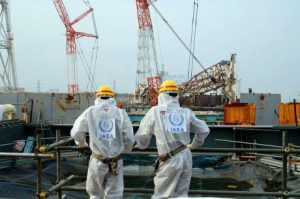
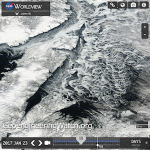


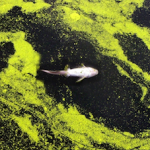
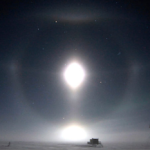
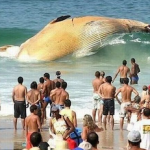

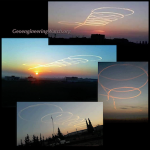

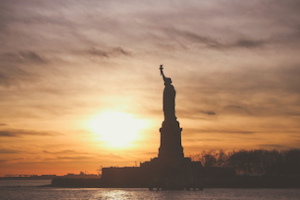

The all important global climate summit has been hijacked. Nothing like a little terror to make sure no dissenting voices rain on their parade. How trite and obvious!